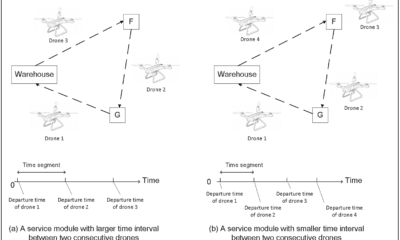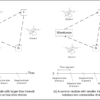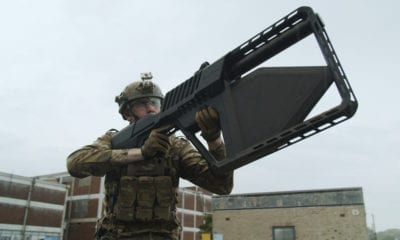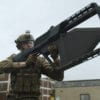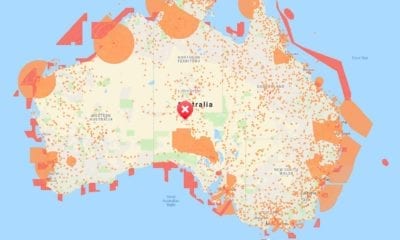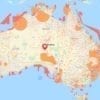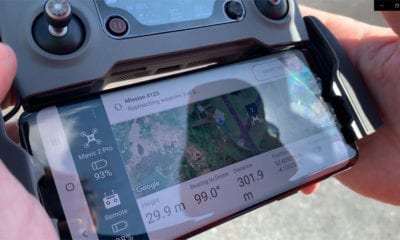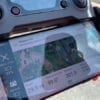Drone Delivery
Drone Delivery Launches in Canberra
In a world-first Google has been granted approval to take to the skies over Canberra’s north by Australia’s Civil Aviation Safety Authority (CASA) and launch its commercial air delivery business, delivering food and equipment by drone directly to homes.
Speaking to ABC Radio Canberra CASA spokesman Peter Gibson said that formal approval for the project had been given. Project Wing, run by Google’s parent company Alphabet, has been trialing delivering burritos, coffee and medication by drone in a suburb on the fringes of Canberra for the past 18 months. The project also conducted year-long trials of more than a thousand deliveries without a safety incident at Bonython.
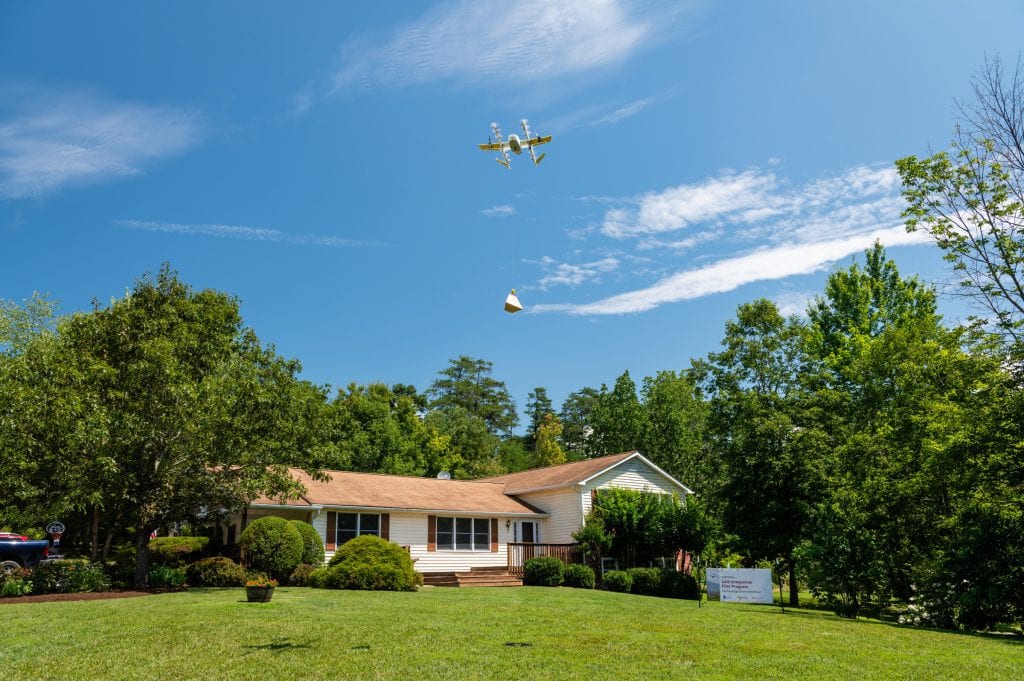
Suburb of Mitchell
Equipped with roller doors built into its second storey a depot in Canberra’s industrial suburb of Mitchell was waiting for approval for its dozens of drones to take flight for months. CASA examined several safety parameters like the safety of the drones, traffic management system, maintenance, drone pilot training and operational plans before granting the same safety exemptions given to Google in its trial in Bonython in Canberra’s south, such as allowing drones to fly closer to people than usual.
Indicating that Project Wing would have the same exemptions Mr Gibson said, “We’ve gone through all the thorough safety assessment we did for the Bonython operation, we’ve done that now for Mitchell and surrounding suburbs. We’ll issue the appropriate permissions for those to go ahead. Everyone can rest assured from a safety perspective it will operate very, very well, just as it did down at Bonython.”
The New Mitchell operation will initially deliver goods from a dozen local businesses to 100 eligible homes in the suburbs of Crace, Palmerston and Franklin initially before expanding into Harrison and Gungahlin.
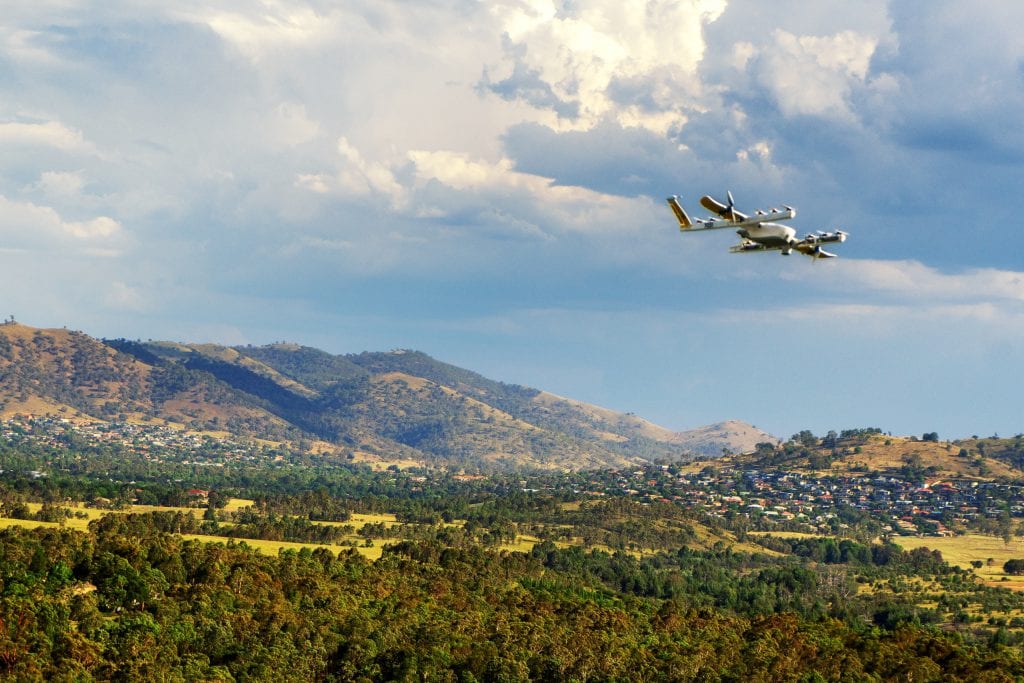
Bread, Coffee, Golf, Mexican and Pharmaceuticals
Project Wing released a statement saying a range of products would be available for delivery including gelato, chocolate, bread and even golf gear. The media release stated “We’re excited to connect with more local businesses in the Gungahlin area about how we can help them reach more customers faster, safer and more sustainably.”
Commending the resulting delivery cost reductions, reduced carbon emissions the company estimates that at scale, drone delivery could add $30m to $40m in additional annual revenue for ACT businesses predicting drones could deliver more than one in four take-away food orders, and up to 4-6% of all purchases in the ACT by 2030.
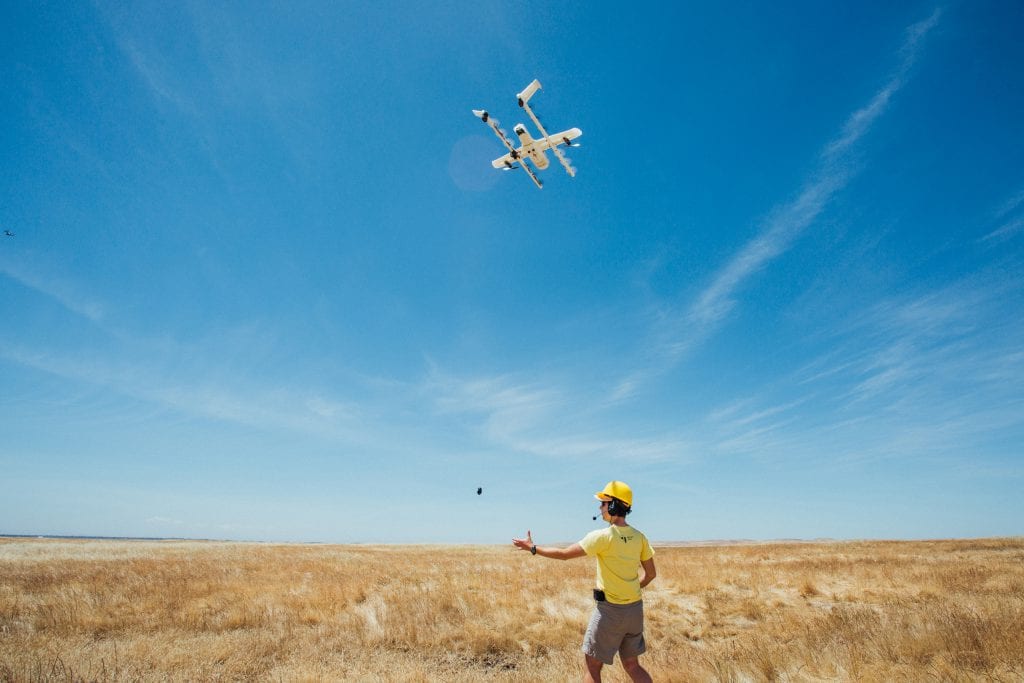
Local chocolate maker Peter Channels, whose chocolates will be delivered by drone, said it was an opportunity to expand to a new market. “We really enjoy the direct interaction with customers that we have with the various customers around town, so we see this project as extending the availability of our products — our chocolates — to a different audience,” he said.
During the trial, noise from the unmanned aircraft upset some nearby residents who claimed it could be heard through double-glazed windows and drove them to tears.
While CASA and the ACT Government both denied they had jurisdiction to manage noise issues since the drones were below legal noise limits, Project Wing however has since developed a new, quieter, model for its Mitchell operation.
Assuring that the approval has been granted with strict conditions including daylight operating hours, Gibson told Guardian Australia that the drones are banned from crossing over major roads and there’s a minimum distance they have to maintain from people on the ground.
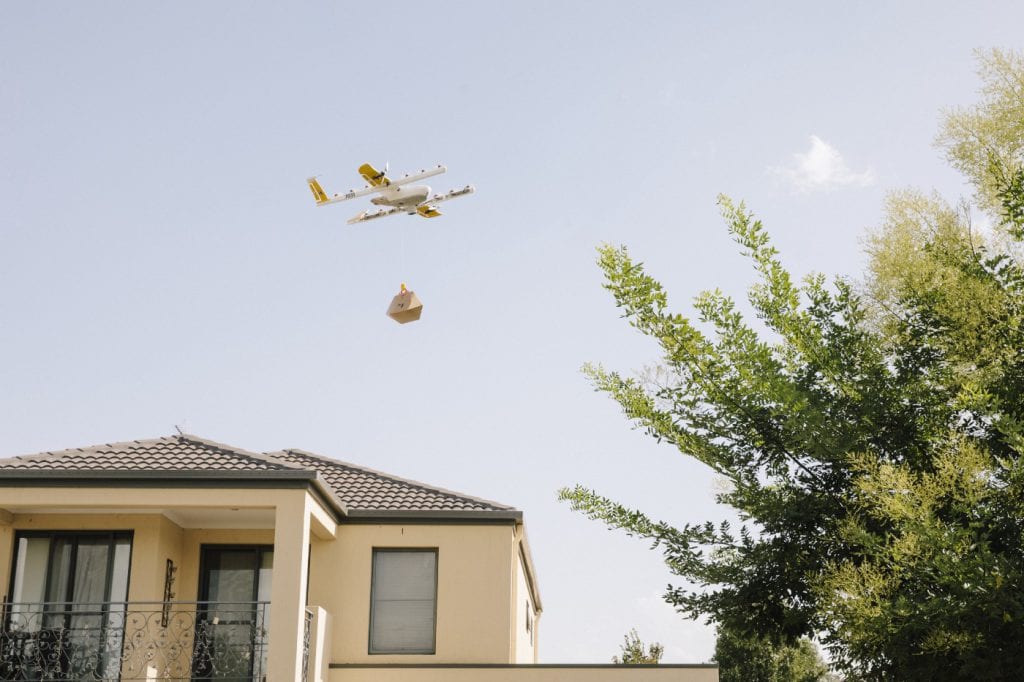
Infringements
While these strict rules for drone flying are being laid down, Infringements in other regions continue:
Authorities are reminding the community to keep out of controlled airspace after a man was issued an infringement for flying a drone at Mount Ainslie lookout. Australian Federal Police (AFP) interviewed a 28-year-old New South Wales man after a member of the public reported a drone being flown illegally in the area. The man was on a brief visit to Canberra and did not realise he was flying in a restricted area.
The AFP referred the matter to CASA who found there was no impact to airport operations on this occasion. The man received an infringement and counselling notice was issued.
AFP Airport Police Commander Canberra Simon Henry stressed the seriousness of the incident, particularly given how close Mount Ainslie is to the airport saying, “Flying drones in controlled airspace puts the safety of both Canberrans and our visitors at risk, and can lead to significant delays for travellers. It is your responsibility to know where you can and can’t fly, so please become familiar with the information and tools available to you.”
CASA spokesperson Peter Gibson said the drone safety rules protect people in the air and on the ground. “The drone safety rules are simple and easy to follow – they’re designed to avoid hazards with other aircraft, people or property,” Gibson said.
“This infringement should remind people not to fly drones within 5.5km from airports such as Canberra. It’s dangerous, and there can be serious consequences.” The 5.5 kilometre limit means a no fly zone for drone users near many of Canberra landmarks, including the War Memorial, Parliament House or the National Gallery. Drones are also restricted from flying more than 120 metres in the air or within 30 metres of people unless the person is essential to controlling the drone.
Mr Gibson talked about the CASA produced Smartphone app illustrating where drones are not allowed to be flown. The Can I fly there? Drone safety app reflects the standard operating conditions for those flying their drone recreationally or commercially. While Infringement notices for flying a drone in restricted airspace carries a fine of up to $1050 this incident is the fourth that’s been reported in Canberra this year.




